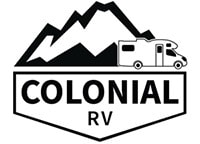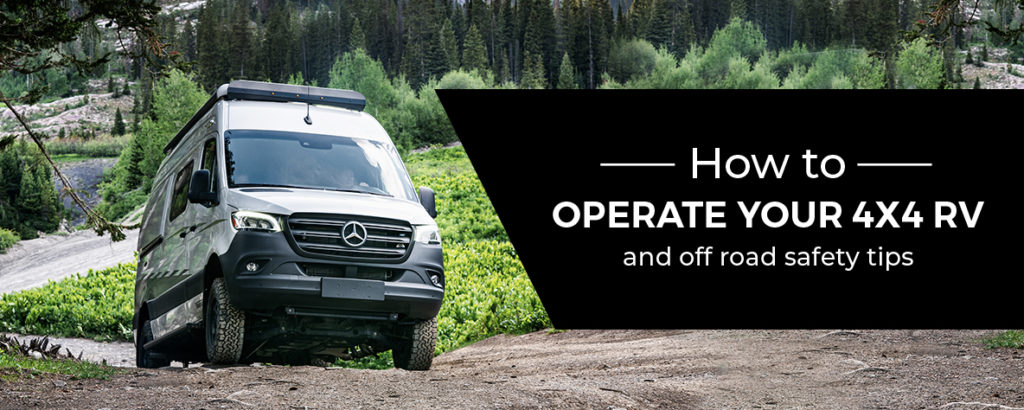Taking your RV or Camper-Van off-road is one of the many luxuries of owning one of these awesome pieces of machinery. But driving on pavement and driving off-road are two very different beasts. This Winnebago was built with off-roading in mind, but before you take it off the main roads, you need to know the difference between 4×4 and All-Wheel-Drive.
All-Wheel-Drive vehicles use, as the name suggests, systems that power all four wheels. AWD can help the Winnebago handle better and ensure that full power gets to the road. In slippery conditions, such as ice, snow, or mud, it provides additional traction for more consistent traction and more confident handling.
Four-Wheel-Drive or known as 4×4 refers to a two-axle vehicle drivetrain capable of providing torque to all wheels simultaneously. 4WD systems tend to be more forceful than AWD ones and can generally handle a more rugged terrain. 4WD vehicles are generally best at handling more intense conditions both on and off the road.
No Class B’s are created equal, therefore it is crucial to know the capabilities of your RV before taking it off-road, this will save you from some severe damage and costs. Specific models such as the Revel 4×4 is created to help you do more serious off-roading with higher ground clearance and sturdier components which can take more of a beating from being off the pavement. You should always be aware of your surroundings as well as the dimensions of your RV. Most RV’s today have roof mounted solar panels and AC units on top, with that in mind the last thing you want is to go through a heavy forested area and damage the components on up there.
Whether you are on a fire road or a trail, take it slow, stay alert, and watch for low hanging trees. We don’t recommend you trying off road trails in a non-suitable RV camper or van unless you have no other choice. Then in which case, just take it nice and slow…
How to Engage Your 4×4
When engaging 4WD, remember that it’s best have your unit as level as possible. Be aware of your surroundings and position yourself out of the way of other drivers on a flat surface.
To the right of your steering wheel there is buttons to activate your 4WD and Low range.
To engage 4-wheel drive, ensure that the van is completely stopped. Then, with your foot on the brake, press the 4WD button. The light on the button should begin to blink, once the light is solid, then 4×4 is activated. Now your safe to take this on trails or dirt roads!
Disengaging Your 4×4
To disengage the 4-wheel drive, ensure that the van is completely stopped, again on as flat of a surface as you can find. With your foot on the brake, go ahead and hit that same 4WD button again. Once you start rolling you will feel the difference.
Engaging Your 4WD Low Setting
Low Range is another option on these Sprinter vans. This is a great setting for climbing inclines, and anything that requires low gears. This limits stress on your brakes while allowing you to take advantage of your units full power in situations like towing and hilly driving.
To engage the 4WD Low setting. The van must already be in 4-Wheel-Drive as we learned in the previous paragraphs.
First you must be completely stopped, put the van into neutral and press the Low Range button located right next to the 4×4 button. Your dashboard screen will show a “Low Range On” message, however the button itself will not illuminate. The van is now in Low Range 4-wheel drive.
Disengaging Your 4WD Low Gear Setting
To disengage Low Range, ensure that the van is completely stopped. Put the van in Neutral and press the Low Range button. The “Low Range On” message on your dashboard screen will disappear. Once Low Range is disengaged, the van will be back in the default configuration of High Range 4-wheel drive.

